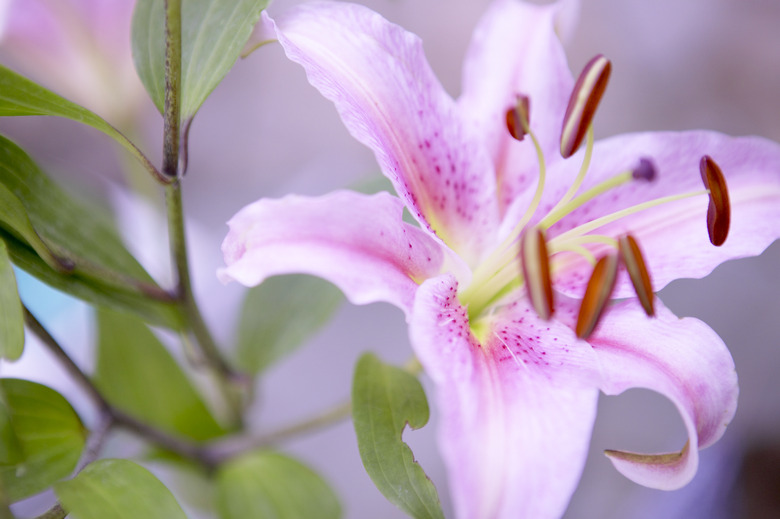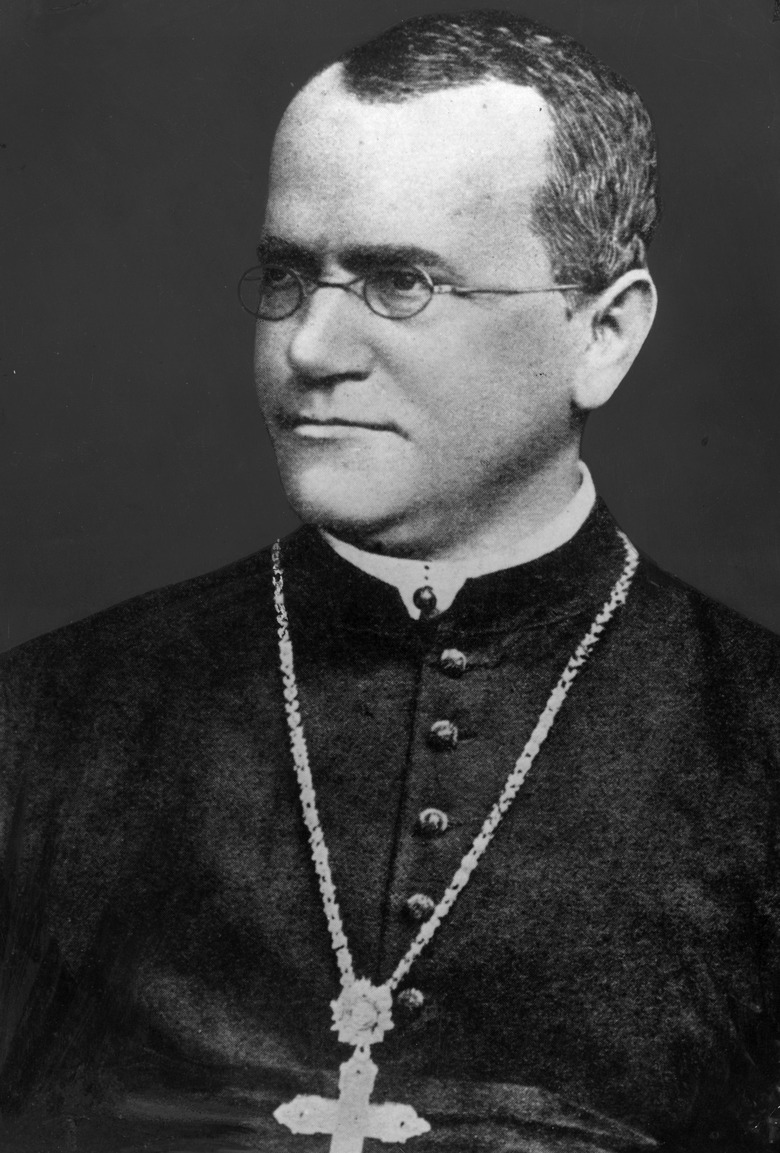What Is The Dominant Phenotype?
Organisms that reproduce sexually carry genes from each parent. Humans have 23 pairs of chromosomes containing thousands of genes that code for proteins. In many ways, you are your proteins — your physical and biochemical traits are expressed and controlled by proteins, which are coded by your DNA. The genes that are expressed are responsible for your traits, or phenotype. A dominant phenotype is a trait resulting from a dominant gene.
Chromosomes and Genes
Chromosomes and Genes
A chromosome is composed of two strands of DNA joined in a double helix and surrounded by proteins known has histones. About 2 percent of your DNA codes for proteins, although much of the remaining real estate performs other functions. Since you have two of each chromosome, you have two copies, or alleles, of each gene — one from each parent. Frequently the alleles are identical, but in some cases they aren't — they are heterozygous. Interesting relationships, such as dominance, can develop between heterozygous alleles.
Gregor Mendel
Gregor Mendel
Gregor Mendel, Austrian monk and the father of classical genetics, introduced the concept of dominance through his experiments with pea plants. In the 1860s Mendel looked at various pea plant traits, such as color and shape. For example, he crossed a plant with white flowers to another plant with purple flowers. All offspring were purple-flowered instead of a mix of the two colors. Mendel reasoned that the purple phenotype is dominant over the white one, since purple masked the white trait.
Pea Trek: The Next Generation
Pea Trek: The Next Generation
Mendel didn't stop with two generations of pea plants. He self-fertilized the second generation and discovered that 25 percent of Generation 3 had white flowers. Mendel did the math and figured that having exactly two factors for the same trait accounted for his results. Using "P" for purple and "w" for white, Generation 3 has a 1:2:1 ratio of PP, Pw, ww factors for the color phenotype. The homozygous PP and heterozygous Pw both render purple flowers. Only the ww genotype renders the white phenotype, and therefore represents a recessive trait.
Different Shades of Dominance
Different Shades of Dominance
The purple flower color results from the presence of a gene that codes for a critical protein. Lack of this protein results in white flowers, which is why only a pair of homozygous recessive alleles produce the white color. In some cases, two heterozygous alleles are codominant. A flower species with codominant purple and white color alleles would produce an offspring bearing flowers with white and purple spots. Alternatively, if the alleles were semidominant, the resulting flower would have a light purple color, a mix of both traits. If you self-fertilized the light purple generation, the offspring would include those with purple-colored and white-colored flowers, showing that alleles are preserved across the generations.
Cite This Article
MLA
Finance, Eric Bank, MBA, MS. "What Is The Dominant Phenotype?" sciencing.com, https://www.sciencing.com/dominant-phenotype-17703/. 24 April 2017.
APA
Finance, Eric Bank, MBA, MS. (2017, April 24). What Is The Dominant Phenotype?. sciencing.com. Retrieved from https://www.sciencing.com/dominant-phenotype-17703/
Chicago
Finance, Eric Bank, MBA, MS. What Is The Dominant Phenotype? last modified August 30, 2022. https://www.sciencing.com/dominant-phenotype-17703/

